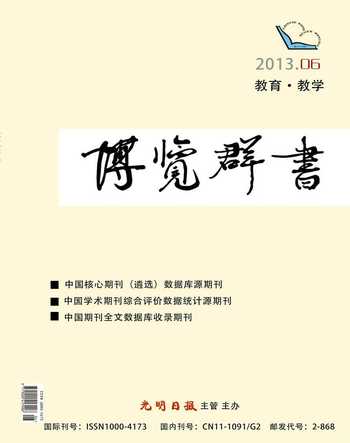A Victorian Cinderella
Charlotte Bronte creates a Victorian Cinderella - Jane Eyre. The chronological plot and transition of living environment are consistent with her evolution - from an orphan to a rich princess.
Bronte described the four important places of Jane Eyre, her childhood in Gateshead, where she was abused and humiliated by her aunt and cousins; her education at Lowood school, where she overcame the physical and mental “blight” and got her first job as a governess in the Thornfield Manor, where she fell in love with Mr. Rochester; her discovery of being a heiress of twenty thousand pounds in Moor House.
Four different places, four different life stages, the later one is more evolutionary than the former. During her first fight to her cousin in Gateshead, Jane realized a “ceaseless inward question - why I thus sufferd”, and her reason screamed instinctively, “unjust!” Obviously she was too young to carry on her rebellion campaign, so it ended up with “a species of fit: unconsciousness closed the scene”. However the start of Janes evolution deserves applause as if a firm seed of her distinctive later life.
Lowood School was a knowledge garden, where Jane acquired Helens precious friendship, a teachers affirmation and the most important thing of life–what she wanted. She rose from an orphan to a woman who could make a living by her intelligence. That was her first step of being independent and she enjoyed her achievement. Every kind of nutrition is ready and every one expects Janes continuous progress.
Brontes writing was evidence of her being clever. So she chose not to write a book with a 100% evolutionary Cinderella but instead of creating a Victorian Cinderella who can survive the “natural” environment of that period.
If a woman had no attractive appearance as well as money in the Victorian period, how did she make a conquest of a young handsome prince? It was probably unacceptable. Hence the author made this prince imperfect, the age gap and the state of being married, in order to persuade Victorian readers to permit an imperfect prince fall in love with Jane, a small and plain-faced Cinderella. The sales of the book were the best proof of Brontes successful strategy.
Many people think that Janes running away from the Thornfield is the peak of he evolution process; to the contrary, I think this plot is the Brontes biggest concession. A poor orphan was even not permitted to live with an imperfect old prince happily, because it was “unfair. Then all of a sudden the impossible turned into the possible in Moor House. Jane rose to a higher status - a legal heiress of a great deal of money. Bronte used the increase number of money to give Jane the hope of being equal with Ronchester and the courage to go back to Thornfield. The ending was that a rich young Cinderella married a blind crippled old prince. Is it a real happy ending? Does Jane get this ending without money?
There were many young ladies who held the dream of being Cinderella in the Victorian era, and this book must have been precious to them. I understand a female writers situation in that period and give my sympathy to her, but I still don't forgive her compromises.
作者簡介:李婕(1985-),女,湖南省长沙人,工作单位:湖南中医药大学 学历:硕士 职称:助教 研究方向:英语文学。

